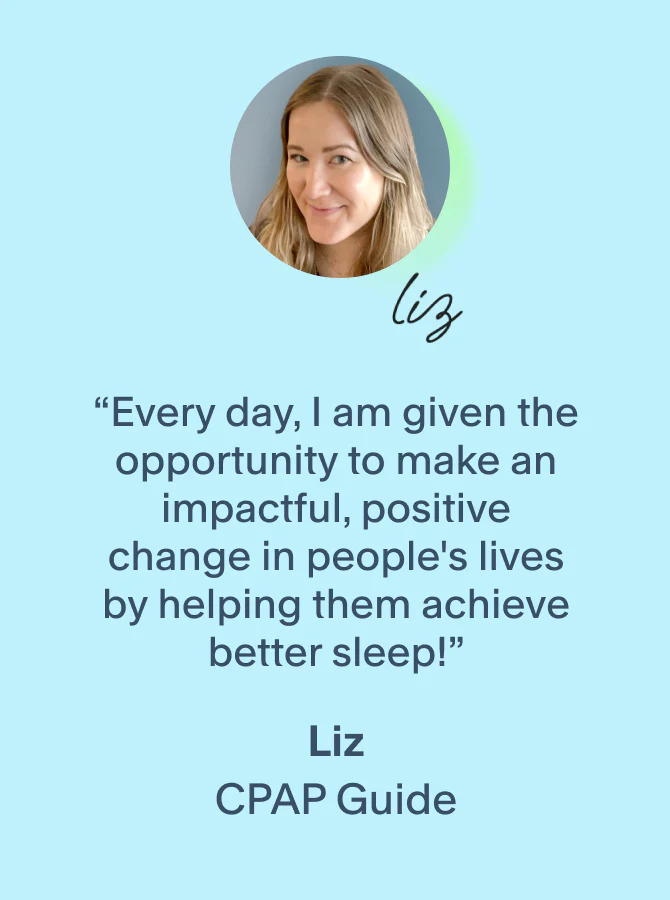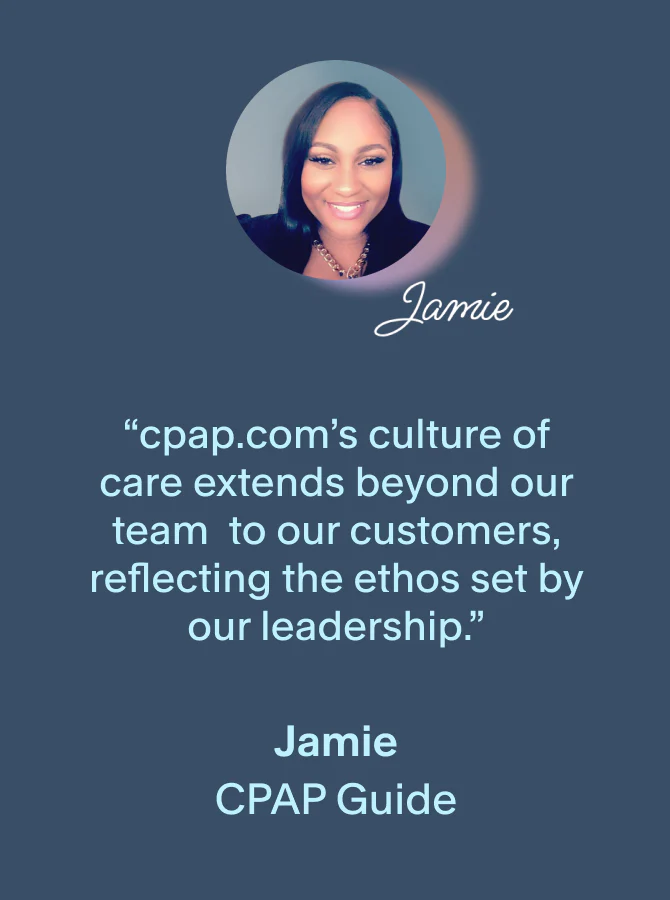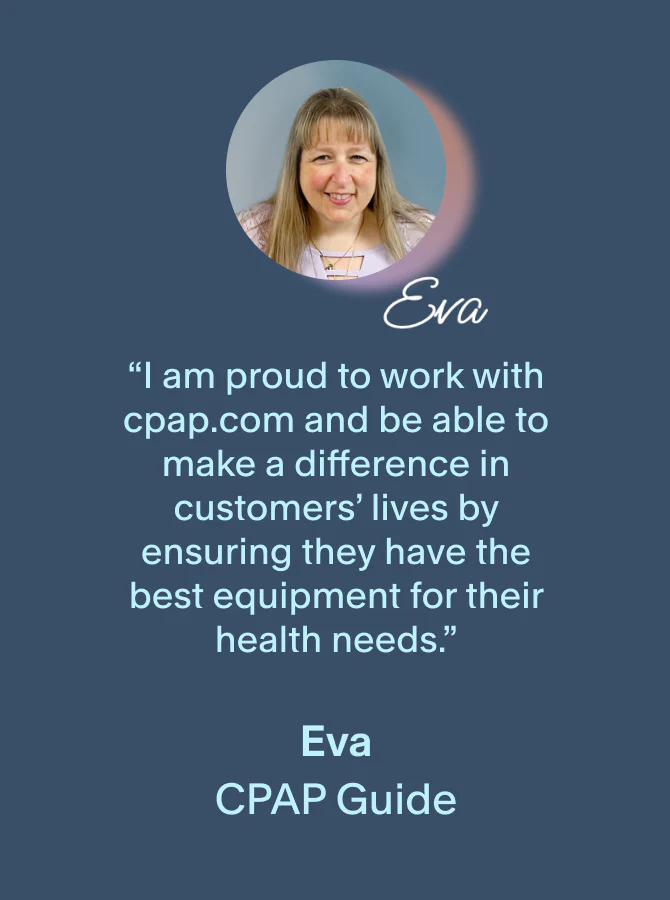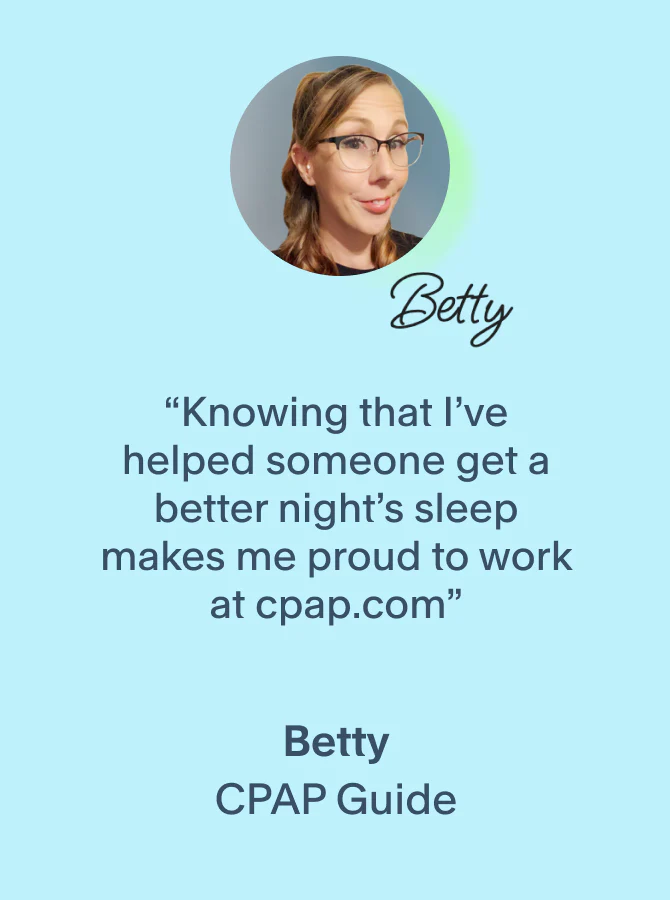Our content undergoes rigorous expert review, evidence-based research, and regular updates for accuracy.
Technology has brought humanity to many new frontiers in 2013. A bionic eye. Scalpel-free brain surgery. And advancements enabling donor lungs to continue breathing outside the body so they can be repaired before transplant. Have you ever wondered about the history of CPAP therapy and when the first breakthrough occurred?
Dr. Collin Sullivan, the Inventor of CPAP Therapy
The 1950's marked the advent of sleep studies, a time when data was recorded with pen and ink. Shortages of paper hindered accuracy and the operator recording the study had to give his/her full attention.
In an interview conducted by the National Sleep Foundation, the inventory of CPAP therapy, Dr. Colin Sullivan, sat down to recall the time positive air pressure was introduced and how it ended up revolutionizing the way many sleep.
Back in 1980, Dr. Colin Sullivan first tested the idea of positive pressure applied through the nasal airway in order to alleviate obstructed passageways. It wasn't until the perfect patient came to his respiratory lab in Australia showing severe signs of Sleep Apnea where this idea became the start of something great.
Initially, he recommended a tracheotomy seeing that the obstruction was fairly severe, but the family refused the surgery. Instead, they opted to volunteer for the pressure experiment Dr. Sullivan had been researching for most of his career. Up until this point, dogs had been his only subject.
"I often ask my patients to think of CPAP like reading glasses. They are a nuisance but you can’t do without them. Unlike other therapies, they don’t have to worry about drug side effects." -Colin Sullivan, M.B.B.S., Ph.D, FRAC
Dr. Sullivan prepared all the materials needed for the patient: plastic tubes and a silicone sealant to move air through the nasal passages. He continued to test by increasing and decreasing the pressure, but it was clear this method worked.
After 7 hours of using positive pressure, the patient woke up alert for the first time in years. He knew this was just the beginning for CPAP Therapy.
This was just the first of many experiments that transpired throughout the 80s. Not only did this research jump-start further advances in CPAP therapy, but it also created a platform for researchers to unravel the mysteries behind the numerous medical problems Sleep Apnea causes.
By 1985, Philips Respironics debuted the first suitable system in the U.S. And a few years later in 1990 came the first self-sealing interface, "the bubble mask" which took comfort and therapy to the next level.
Although continuous positive airway pressure (CPAP) therapy is now the most common treatment for Sleep Apnea, it was initially created as a short-term option to surgery. It's interesting to think how one man's idea has now influenced over a million users today and created a new life expectancy.
A Timeline of the History of CPAP Therapy

The Future of CPAP Therapy is Wide Open
The beginning of CPAP Therapy meant more than just great sleep, it brought better health for people all around. With all the information that is available today, and how far Sleep Apnea has come, it's exciting to think about what could happen in the decades up ahead. Maybe machines and masks will be one entity, or maybe CPAP machines could be as small as a microchip one day. Check out the timeline above to see how the history of CPAP therapy has evolved over time.







